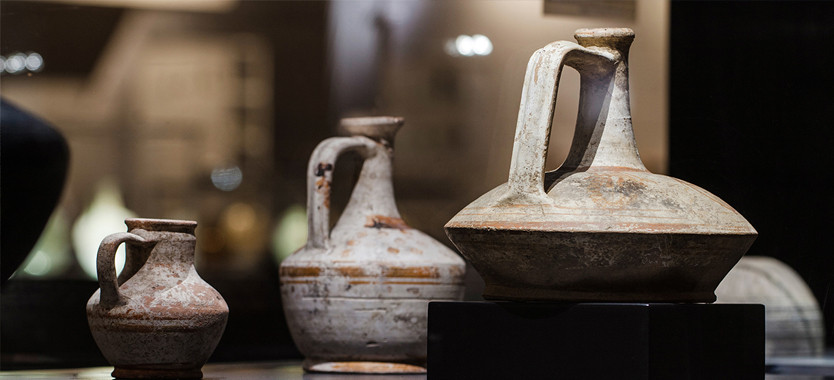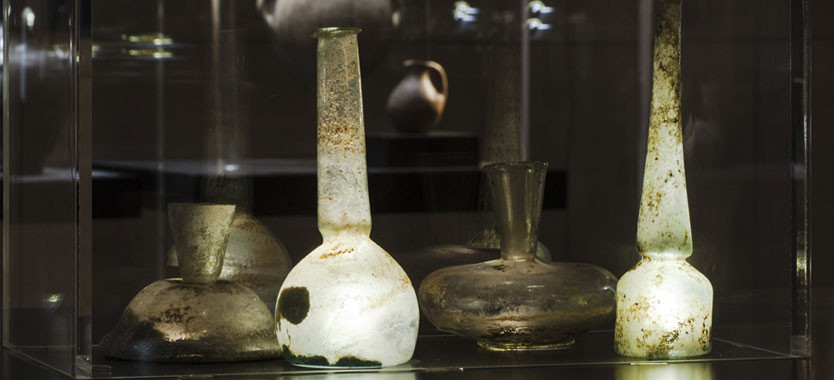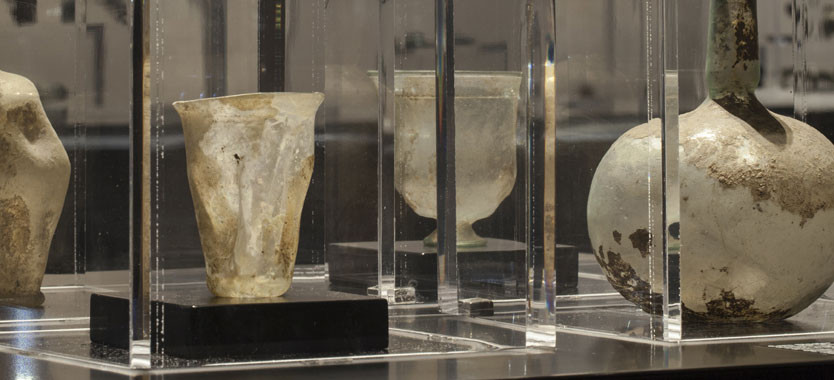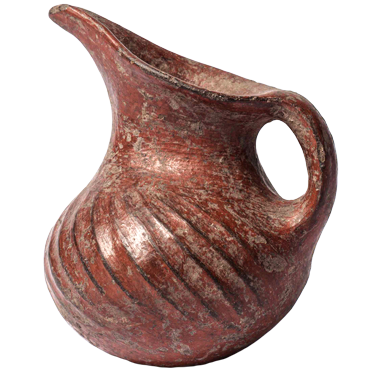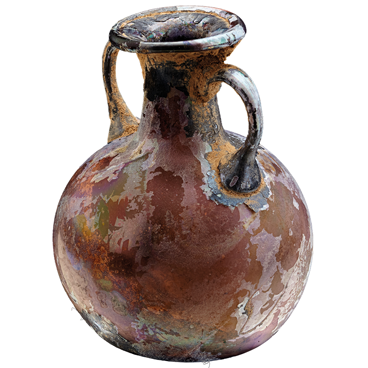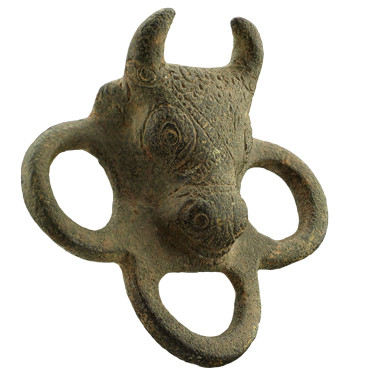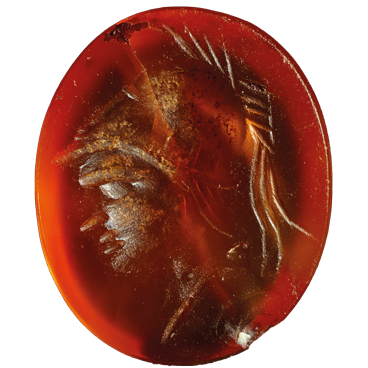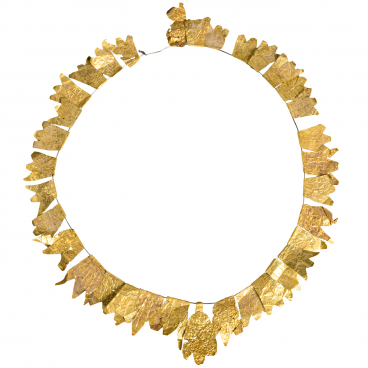The Erimtan Archaeology and Arts Museum collection is a special archaeology collection featuring two thousand movable works, most of which have their origins in Anatolia. The collection was born when Yüksel Erimtan purchased his first Roman ring stones in 1960, and expanded over time with advice from expert archeologists. The collection, which covers the period of time from 3000 B.C. up until the Byzantine Empire, includes works that belong to civilizations such as the Hittites, Urartu, Assyrians, Achaemenids, and Byzantines.
The majority of the works in the collection are comprised of finds from the Late Hellenistic and Roman Ages. These finds include bowls, jugs, cups, measuring cups, rings, glass cups, perfume bottles, ring stones engraved with seals, tweezers, golden crowns, jewellery, mirrors, glass mixing sticks, and many gold, silver, and bronze coins.
The works in the museum collection not only emphasize the cultural legacy of the Anatolian landscape, but have also been brought together in a way that presents the viewer with unconventional exhibition methods that highlight the visual value of the works, while allowing viewers to draw parallels between the works and elements from their contemporary daily lives.
You can reach the museum highlights guide here.
